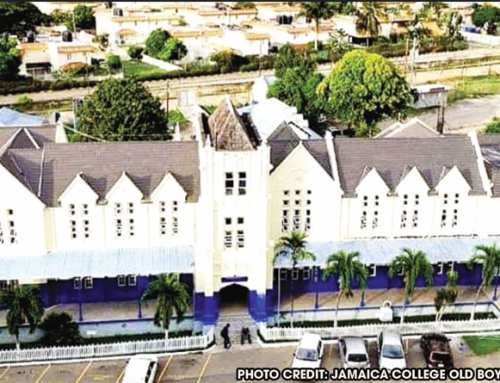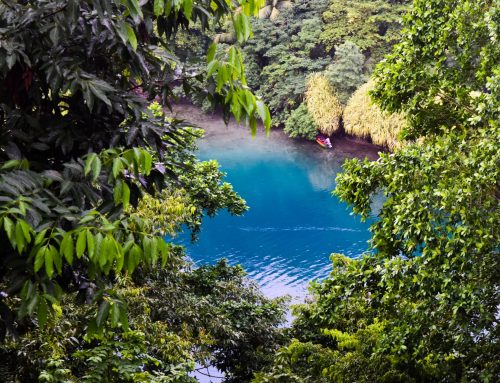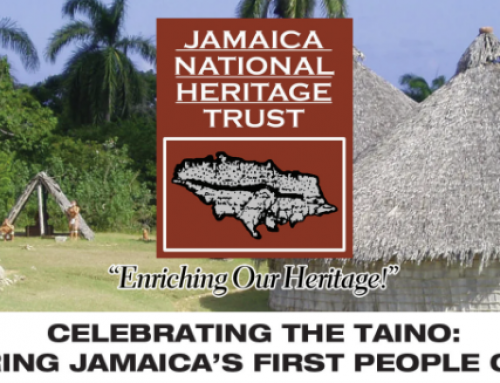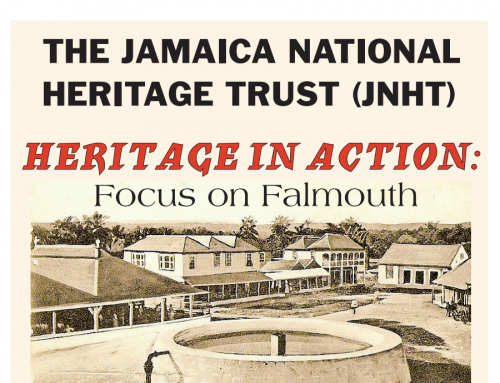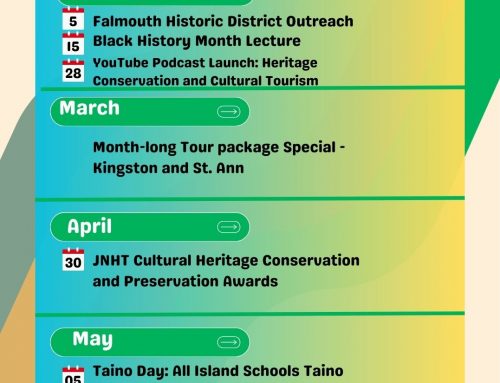Hon. Aloun Ndombet Assamba
Minister of Tourism, Entertainment & Culture
Conventional wisdom allows that man has but one moment in time. It is therefore comforting that the trade of archaeology flies in the face of convention to bridge gaps in time, allowing us the best of both past and present, withe even eyes on future prospects.
What else allows the acquisition of tangible material cultural resources that tells a tale into who we were?
In many ways, the unknown is the most uncomfortable reality known to man. It is the art of archaeology that, in my opinion, serves to relax this sense of apprehension and quest for longing that we as a people feel.
Moreover, as we see a tightening of the relationship between the interests in tourism and heritage, this has served to settle the dust on some feelings that unsustainable activities in archaeology may risk environmental well-being and threaten commercial production that prioritises visitor needs and artistic value of finds and aesthetics. A valuable thought that we must not ignore is that the two are inexorable. Tourism feeds on heritage which feeds on archaeology.
As a country with a Cultural Policy that purports the value of culture in all national life, I endorse this conference as a means of furthering the achievement of objectives set by the Government of Jamaica to position this island as a Cultural Superstate. Indeed, activities such as this conference serve to further what we do in our cultural industry.
Furthermore, as a self professed historian, I strongly believe that Jamaica’s renewed thrusts in this art is going a far way to sustain senses of the past in contemporary life that does act to enhance and enrich the quality of life for all.
Heritage tourism is a key process of exchange, between the past, present and future, between people in different places. It gives the sense that the past is fundamental to feelings of belonging.
Interestingly also, a great deal of Jamaica’s tourism is based on our vibrant cultural heritage, a vast amount of which has been enhanced by material culture. Indeed, when conveyed successfully to visitors it enhances the relationships between the peoples and places from which our visitors come.
The Jamaica National Heritage Trust is to be commended for hosting the 2007 International Association for Caribbean Archaeologists Conference, and trust that the activities and discourses at this respected event will be stimulating and valuable for all involved. One Love!
________________________________________________________________________
Professor Verene A. Shepherd
Chair of the Jamaica National Heritage Trust
Knowledge production and representations of the Caribbean past, in all its multiplicity of experiences, occur in a wide range of social contexts and employ many different methodological strategies. In the context of Jamaica and the wider Caribbean, there is a long tradition of knowledge production on the colonial past dating back to the period of European conquest and colonization in the late 15th century. The documentation of this history has been subjected to varied philosophies and modes of representation. The science of archaeology has been critical to the process of excavating and disseminating this knowledge about the past, providing us with a means of learning about the expereinces and behaviour patterns of our people over time. Historians have become heavily dependent on archaeological discoveries to interpret and reinterpret our past. It is through your work that Caribbean historians like myself are able to put together pieces of the past, analyse them and document the story of our people – answering the who, what, where, when and how of our past and deconstructing much of the inaccuracies and biases that have been published about our peoples. This is why I am so excited about this conference; for it will provide an avenue for archaeologists to share some of their latest findings and interpretations with the Caribbean public.
There is still a tremendous amount that we do not know about our past. I know that as committed professionals you will continue the process of fearlessly investigating this past and sharing your findings with the world. This conference is being held in a year when the islands that were former colonies of Britain are marking the 200th anniversary of the end of the Transatlantic Trade in Africans. The Act itself still left the brutal system of enslavement intact. But it was an important milestone in the fight for Emancipation. I hope that somewhere within your week of discourse and presentations, there will be thought given to the topic of enslavement and the experiences of the enslaved. Archaeological research has been one of the major means of recovering knowledge about the enslaved ancestors of the majority of Caribbean people. So each shackle or branding iron that you unearth in your digs aids in the education process of our people. It allows them to intimately see the instruments of torture that was used on their ancestors and get a glimpse of the cruelty of the enslaver. It educates them further on the history of enslavement. And when you recover a refined piece of Taino pottery it debunks a myth and calls into question what is civilization?
On behalf of the Trustees of the Jamaica National Heritage Trust, I extend a warm welcome to you the delegates of this the 22nd conference of the International Association for Caribbean Archaeologists. We are pleased that the JNHT is the host organisation for this year’s conference and we wish for you a fruitful and productive conference.
___________________________________________________________________
MRS. LALETA DAVIS MATTTIS
Executive Director of the Jamaica National Heritage Trust
Jamaica, like many of our Caribbean neighbors, is rich in its material cultural heritage.
The Jamaica National Heritage Trust is the government body with responsibility for the preservation of this heritage and our Division of Archaeology plays a pivotal role in ensuring that we effectively carry out this mandate both on land and under the sea.
Over the past 10-15 years the number of Jamaican and by extension, Caribbean archaeologists have significantly increased. Thanks to the University of the West Indies and the Moulton Barrett Fellowship that was given to them in the 1980s, for the first time English speaking Caribbean students could get a degree in history and archaeology in the region. Many, including most of the staff of the JNHT have gone on to universities abroad where they have strengthened their skill set through further studies. Our entire Archaeology Division is now headed by Jamaicans.
Through our Division of Archaeology, the JNHT has collaborated with institutions both local and overseas as we continue the process of unearthing and documenting our nation’s history. Some of these have included: Syracuse University, through which there was extensive study of the enslaved African Jamaican estate workers settlements which included the excavation of four African burials on the Seville property. These have added much to our knowledge of enslaved Africans and how they lived. Simon Fraser University from Canada, led by Archaeologist Dr. Robyn Woodward who uncovered a 16th century Spanish sugar mill at the Seville site and who is still cataloguing her findings at the site; Texas A&M who collaborated with us on the excavation of the underwater city of Port Royal; our own University of the West Indies whose collaborative work with us has added much to the body of knowledge of our native Tainos and Maroons.
All these collaborations have enriched the body of knowledge available. We know how important it is to protect our historic sites that are yielding so much information. As a result, the JNHT has over many years been conducting Heritage and Archaeological Impact Assessments (AIA’s) on specific sites slated for development. These sites include those marked for road construction, hotel and housing developments, or even for mining purposes. This systematic analysis of a project’s potential effect on the heritage and archaeological resources of the area helps to provide information for decision-making by development agencies and comes with a set of recommendations. Once the assessments are done, the JNHT then works with the developers or agency to modify their plans to save the heritage. There has been much success in this.
As Caribbean archaeologists, I want to commend you on the work that you are doing. I also want to encourage you to increase the lobbying efforts of our various Governments to take further steps towards the preservation of the heritage. There is no reason why as archaeologists you can’t inform the development process of our respective countries. Matters such as the adoption of the UNESCO Convention on the Protection of the Underwater Cultural Heritage and the inscription of sites on the World Heritage List are issues that we should bear in mind even as we meet.
And so we proudly salute this conference as it gathers colleague archaeologists from the region and those who work in the region to share their work with each other and strengthen each others knowledge base.
There is much to consider and discuss as you meet at this the 22nd conference of the International Association for Caribbean Archaeology. The Jamaica National Heritage Trust (JNHT) welcomes you to our country and wishes for you a productive conference.

